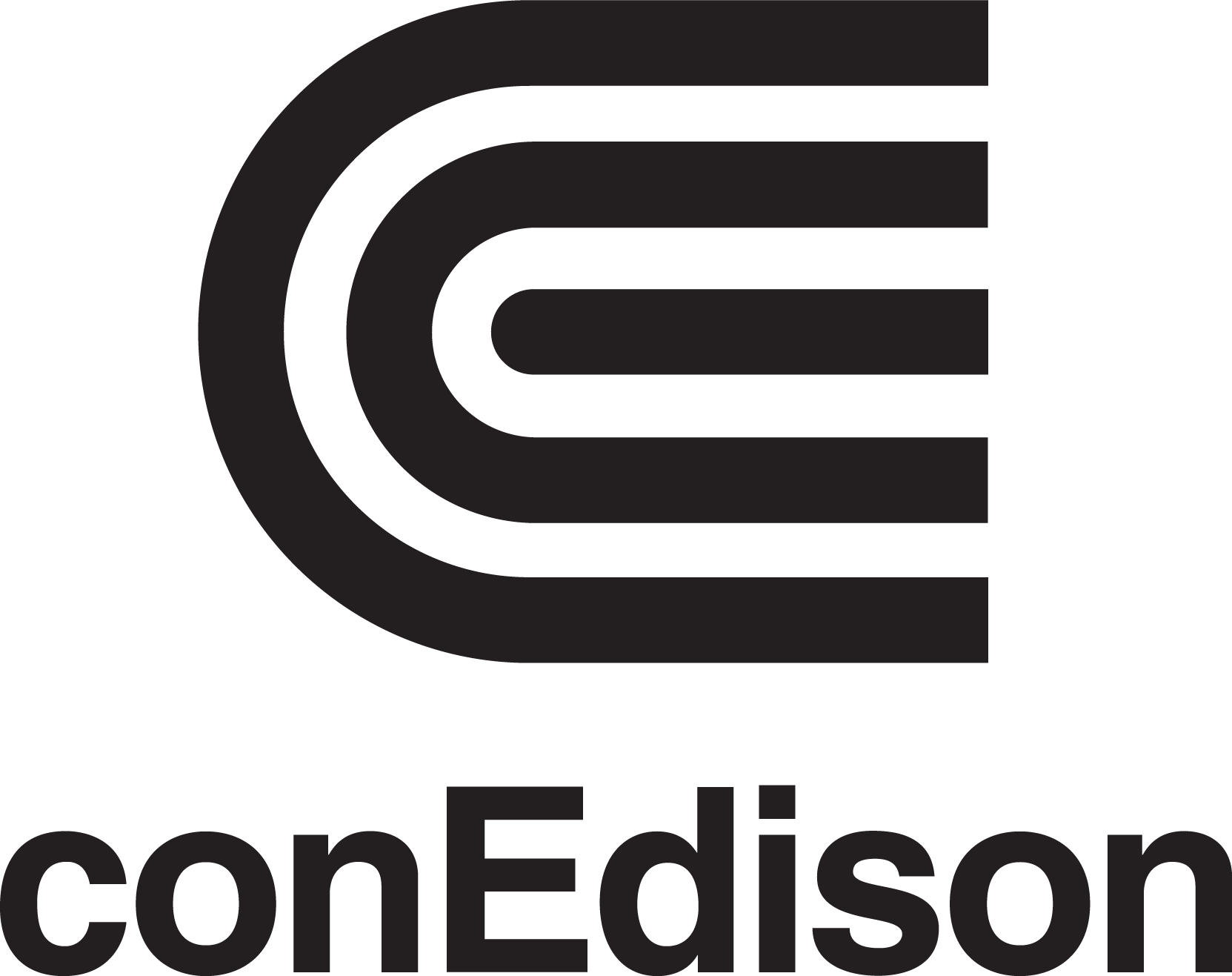ICF is a global advisory and technology services provider, but we’re not your typical consultants. We combine unmatched expertise with cutting-edge technology to help clients solve their most complex challenges, navigate change, and shape the future.
Building a more prosperous and resilient world for all

Leaders with passion
At the heart of ICF are leaders who truly care about the work we do—and the people making it happen. Many started their careers at ICF and as their professional paths have grown, so has their commitment to our culture, strategy, and teams.

50+ years of impact
Purpose-driven team
Look inside ICF
Solutions for fast-changing industries
A trusted partner















A recognized leader




Upcoming events
Data privacy
We respect the confidentiality of all personal data.
Ethics and compliance
At ICF, trust is key to our business.
Partnerships and alliances
We constantly seek opportunities to collaborate.
Government contract vehicles
ICF's contracts portfolio expedites delivery of our services to clients across the U.S. Federal Government.
Board of directors
ICF’s board members are highly experienced in helping businesses achieve ambitious goals.
Talk to an expert about your challenge today






